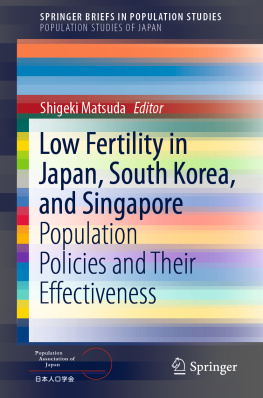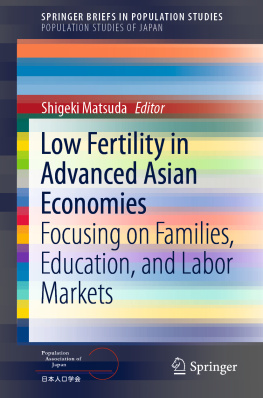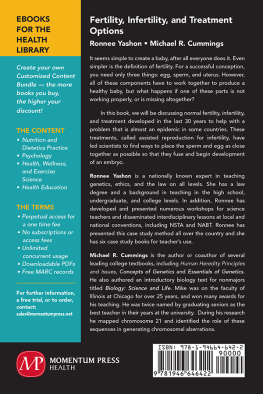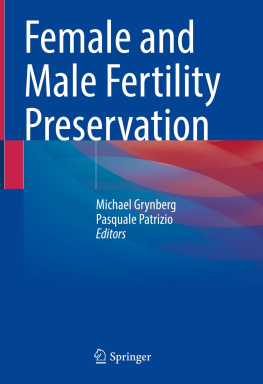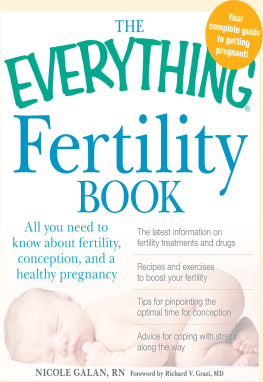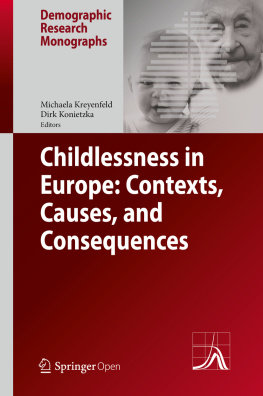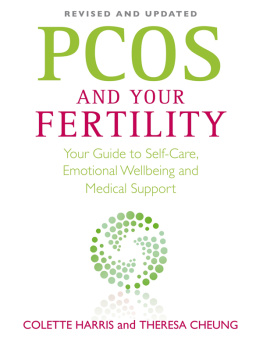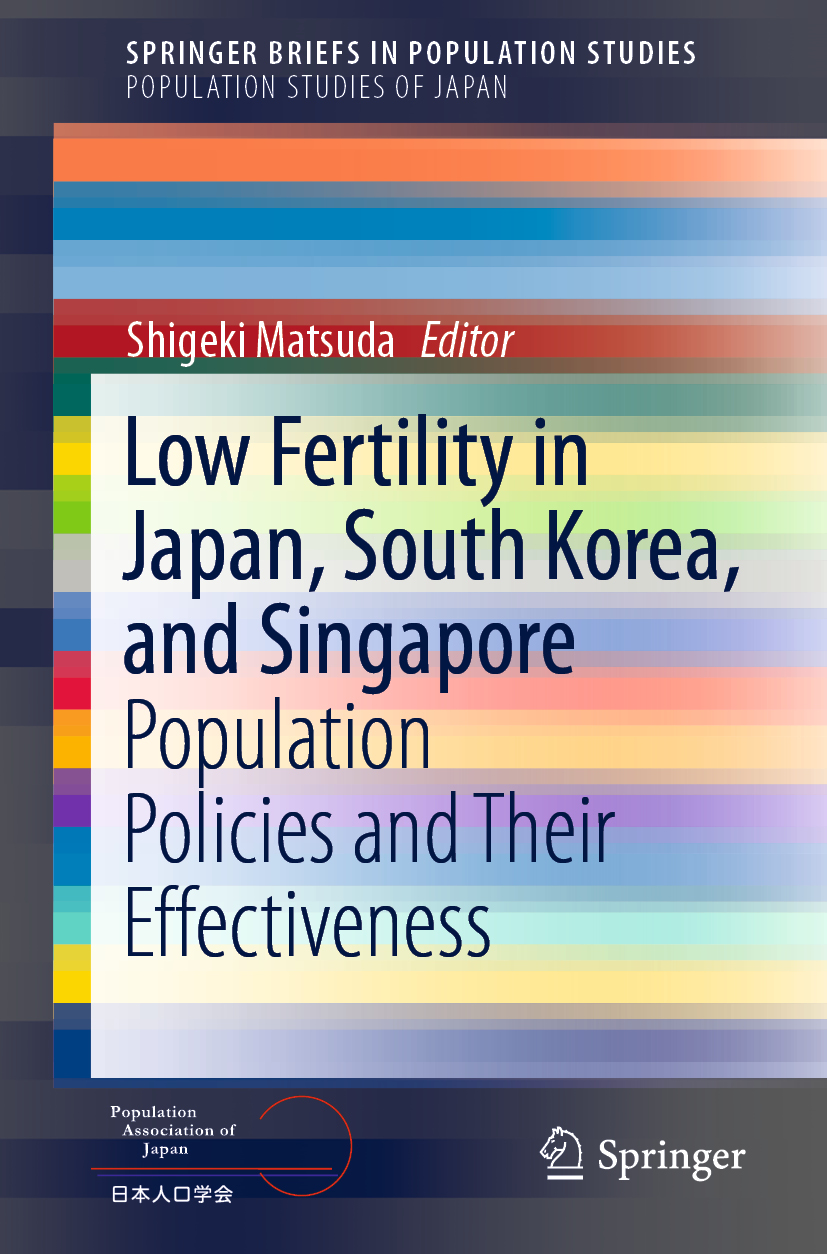SpringerBriefs in Population Studies Population Studies of Japan
Editor-in-Chief
Toshihiko Hara
School of Design, Sapporo City University, Sapporo, Hokkaido, Japan
Series Editors
Shinji Anzo
Tokyo, Japan
Hisakazu Kato
Tokyo, Japan
Noriko Tsuya
Tokyo, Japan
Toru Suzuki
Tokyo, Japan
Kohei Wada
Tokyo, Japan
Hisashi Inaba
Tokyo, Japan
Minato Nakazawa
Kobe, Japan
Jim Raymo
Madison, USA
Ryuichi Kaneko
Tokyo, Japan
Satomi Kurosu
Chiba, Japan
Reiko Hayashi
Tokyo, Japan
Hiroshi Kojima
Tokyo, Japan
Takashi Inoue
Tokyo, Japan
The world population is expected to expand by 39.4% to 9.6 billion in 2060 (UN World Population Prospects, revised 2010). Meanwhile, Japan is expected to see its population contract by nearly one third to 86.7 million, and its proportion of the elderly (65 years of age and over) will account for no less than 39.9% (National Institute of Population and Social Security Research in Japan, Population Projections for Japan 2012). Japan has entered the post-demographic transitional phase and will be the fastest-shrinking country in the world, followed by former Eastern bloc nations, leading other Asian countries that are experiencing drastic changes.
A declining population that is rapidly aging impacts a countrys economic growth, labor market, pensions, taxation, health care, and housing. The social structure and geographical distribution in the country will drastically change, and short-term as well as long-term solutions for economic and social consequences of this trend will be required.
This series aims to draw attention to Japans entering the post-demographic transition phase and to present cutting-edge research in Japanese population studies. It will include compact monographs under the editorial supervision of the Population Association of Japan (PAJ).
The PAJ was established in 1948 and organizes researchers with a wide range of interests in population studies of Japan. The major fields are (1) population structure and aging; (2) migration, urbanization, and distribution; (3) fertility; (4) mortality and morbidity; (5) nuptiality, family, and households; (6) labor force and unemployment; (7) population projection and population policy (including family planning); and (8) historical demography. Since 1978, the PAJ has been publishing the academic journalJinkogaku Kenkyu(The Journal of Population Studies), in which most of the articles are written in Japanese.
Thus, the scope of this series spans the entire field of population issues in Japan, impacts on socioeconomic change, and implications for policy measures. It includes population aging, fertility and family formation, household structures, population health, mortality, human geography and regional population, and comparative studies with other countries.
This series will be of great interest to a wide range of researchers in other countries confronting a post-demographic transition stage, demographers, population geographers, sociologists, economists, political scientists, health researchers, and practitioners across a broad spectrum of social sciences.
More information about this subseries at http://www.springer.com/series/13101
Low Fertility in Japan, South Korea, and Singapore
Population Policies and Their Effectiveness
Editor
Shigeki Matsuda
Faculty of Contemporary Sociology, Chukyo University, Toyota-shi, Aichi, Japan
ISSN 2211-3215 e-ISSN 2211-3223
SpringerBriefs in Population Studies
ISSN 2198-2724 e-ISSN 2198-2732
Population Studies of Japan
ISBN 978-981-15-2829-3 e-ISBN 978-981-15-2830-9
https://doi.org/10.1007/978-981-15-2830-9
The Author(s), under exclusive license to Springer Nature Singapore Pte Ltd. 2020
This work is subject to copyright. All rights are solely and exclusively licensed by the Publisher, whether the whole or part of the material is concerned, specifically the rights of translation, reprinting, reuse of illustrations, recitation, broadcasting, reproduction on microfilms or in any other physical way, and transmission or information storage and retrieval, electronic adaptation, computer software, or by similar or dissimilar methodology now known or hereafter developed.
The use of general descriptive names, registered names, trademarks, service marks, etc. in this publication does not imply, even in the absence of a specific statement, that such names are exempt from the relevant protective laws and regulations and therefore free for general use.
The publisher, the authors and the editors are safe to assume that the advice and information in this book are believed to be true and accurate at the date of publication. Neither the publisher nor the authors or the editors give a warranty, expressed or implied, with respect to the material contained herein or for any errors or omissions that may have been made. The publisher remains neutral with regard to jurisdictional claims in published maps and institutional affiliations.
This Springer imprint is published by the registered company Springer Nature Singapore Pte Ltd.
The registered company address is: 152 Beach Road, #21-01/04 Gateway East, Singapore 189721, Singapore
Prologue
Low fertility is a demographic phenomenon which first occurred in Northern/Western Europe and was subsequently observed globally across a wide range of developed and emerging countries. Currently, fertility rates in many Northern/Western European countries are relatively stable, while those in Asian developed economies have dropped to the lowest levels worldwide. Total fertility rate of less than about 1.5 is classified as very low fertility, and less than about 1.3 is classified as lowest-low fertility. Japan belongs to the very low fertility category, while South Korea and Singapore belong to the lowest-low fertility classification.
In Europe, low fertility is regarded as a part of a series of demographic changes known as the second demographic transition. However, the character of fertility in Asia differs from Europes demographic transition. Cohabitation and children born to single mothers are not widespread demographics because the marriage system is not fluctuating in Asia. For this reason, an increase in the unmarried population tends to lead to a decrease in the birth rate. In addition, the number of children couples have is decreasing. Moreover, a critical factor is that the demographic change in Europe is driven by the shift in individuals values from material needs (such as economic security) to post-materialism (such as freedom of expression, self-realization, and autonomy). However, in Asia, similar changes in values have not yet occurred or, at least, values changing to post-materialism have not led to a decline in fertility. These demographic differences and motivating factors of the change in fertility rates in Asia and Europe depend on the differences in cultural background and their periods of modernization, as well as the unique social background of each country.
Such low fertility rates may cause a future labor shortage, weaken the social security system, and undermine social and economic stability in Asia, although the economic development in these countries has been remarkable so far. In Japan, the total population began to decline in the late 2000s due to a persistently low birth rate. In recent years, the population has decreased by about 200,000 per year, and low fertility has had a serious impact on the real economy. That low fertility brings about a decrease in the countrys population and economic stagnation is not limited to Japan. Other Asian countries that experienced low fertility later than Japan will likely suffer from similar negative effects of it in the near future. Therefore, countries need to implement countermeasures against low fertility to restore their fertility rates to sustainable levels.

